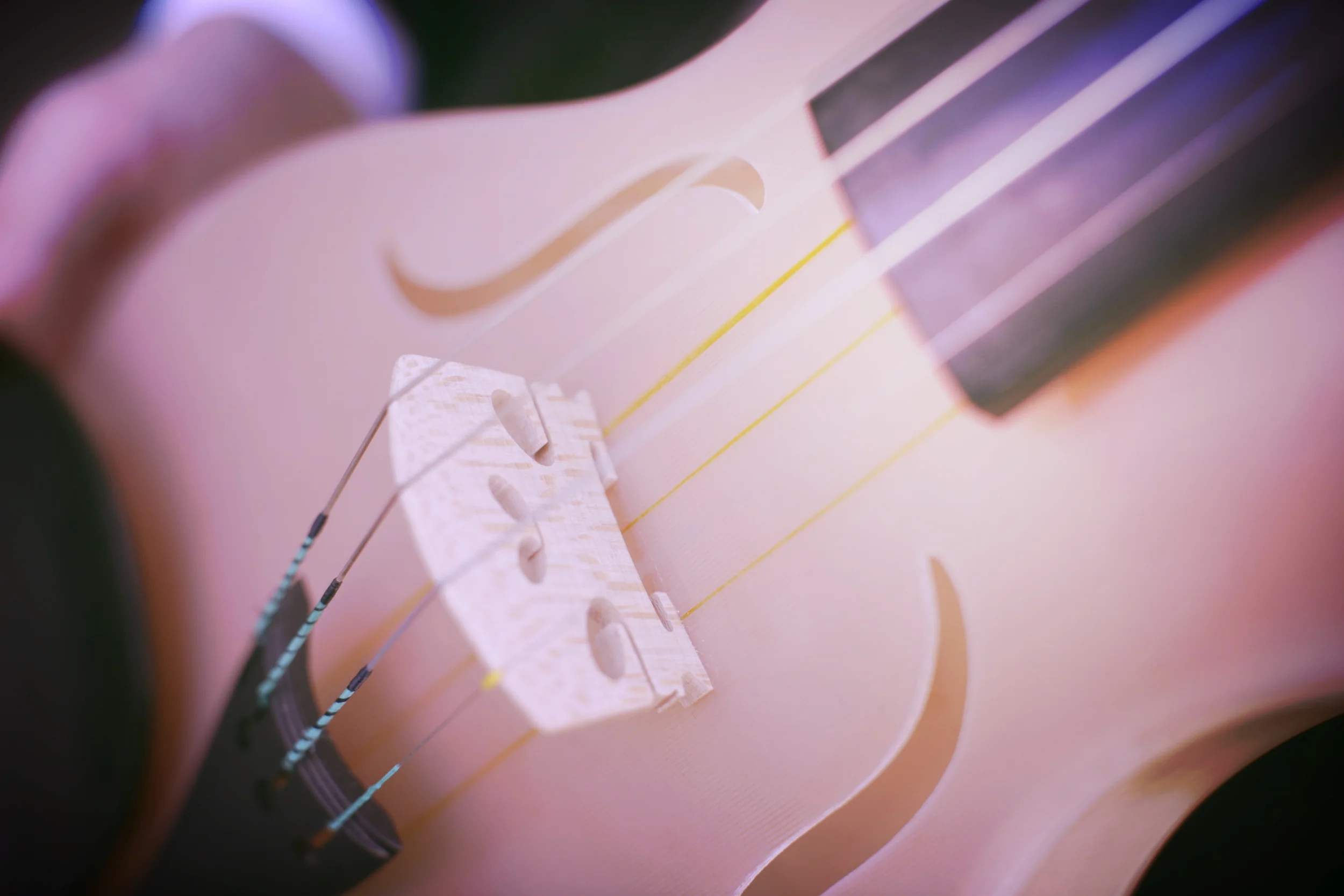A new type of violin has been developed with the help of an Australian Golden Orb Spider.
Although spider silk has previously been incorporated into the bow of string instruments, Luca Alessandrini, a postgraduate from the Dyson School of Design Engineering at Imperial College London, is using it in the casing to affect the instrument's harmonics.
Alessandrini told the BBC: “Spider silk is only three strands, 35cm long, the length of the violin body. They are only a few millimeters wide”. Three strands of silk are used in the top face of the body of the instrument. When played, the spiders’ silk vibrates the violin’s composite casing, which is emitted as sound. The more a body of an instrument resonates, more harmonics and overtones sound, giving a unique timbre to an instrument.
The instrument body is a composite material consisting of the silk and a binding agent. What makes the acoustics “customizable” depends on how the different fibres can be combined, and the method of mixing them together.
Aside from altering the body material, violins have other parts that help the instrument resonate, such as the bridge. The role of a bridge of a violin is to Impedance Match between the light, flexible strings and the thicker, not-so flexible body. In other words, it mediates the transfer of energy between the strings and body so that the violin can have a full, resonant sound. Instrument makers spend their entire lives experimenting with different types of wood and alternative materials such as carbon fibre to improve or vary the acoustic properties of instruments.
Alessandrini said: "Spiders’ silk has only previously been exploited as string in bows for instruments, but I’ve discovered that the amazing resonating property of spiders’ silk has massive potential uses in instruments themselves.”
This approach to making composite material with customizable acoustics could also be applied to the manufacturing process of other products such as speakers, amplifiers and headphones.
The founder of Associazione Nazionale Liutai Artistici Italiani, one of the world’s most influential violin making associations, put him in contact with 20 of the world’s leading violin makers and musical instrument repairers in the City of Cremona, Italy. He predicts the technology will be in the marketplace by approximately 2017.



